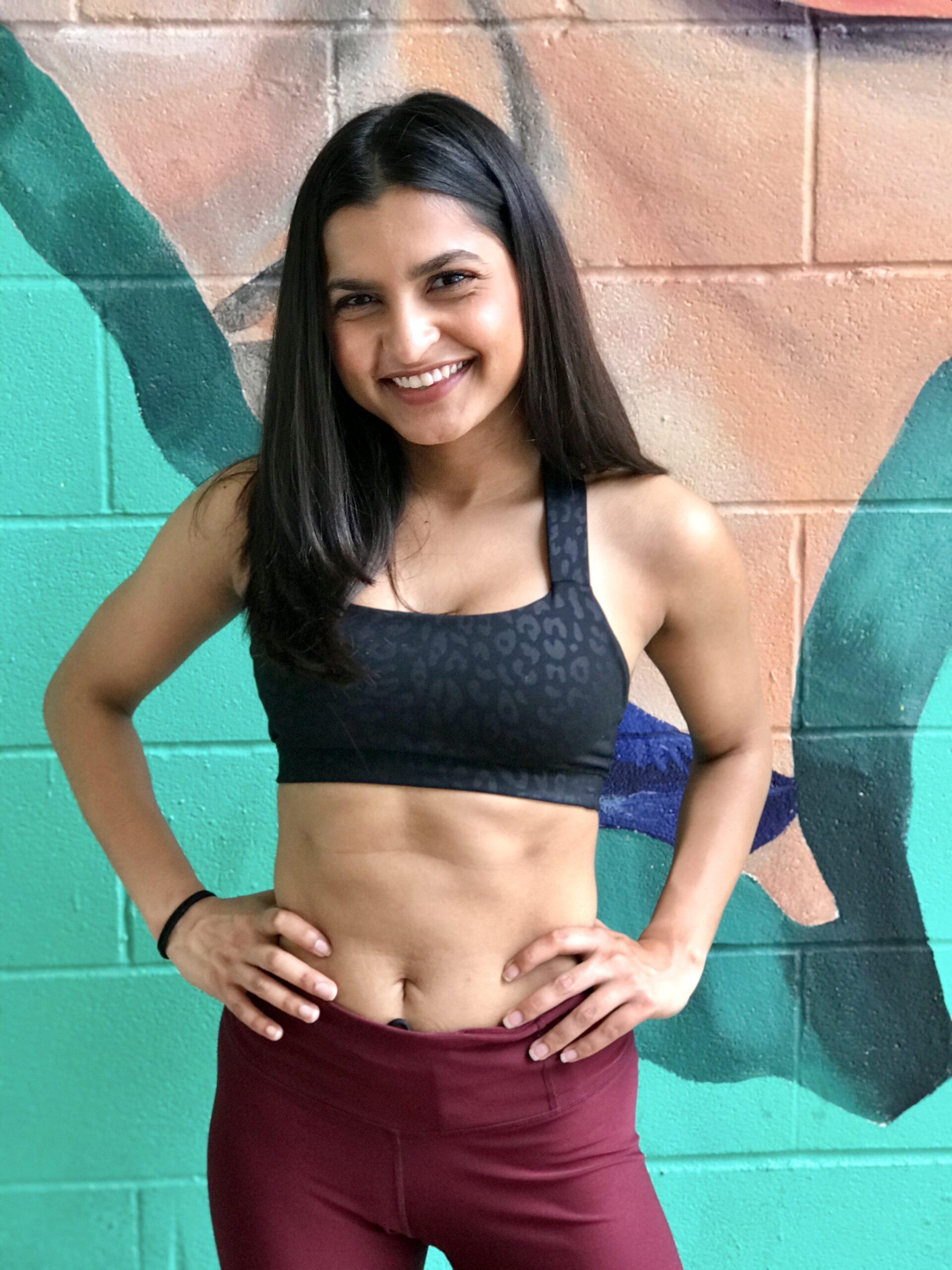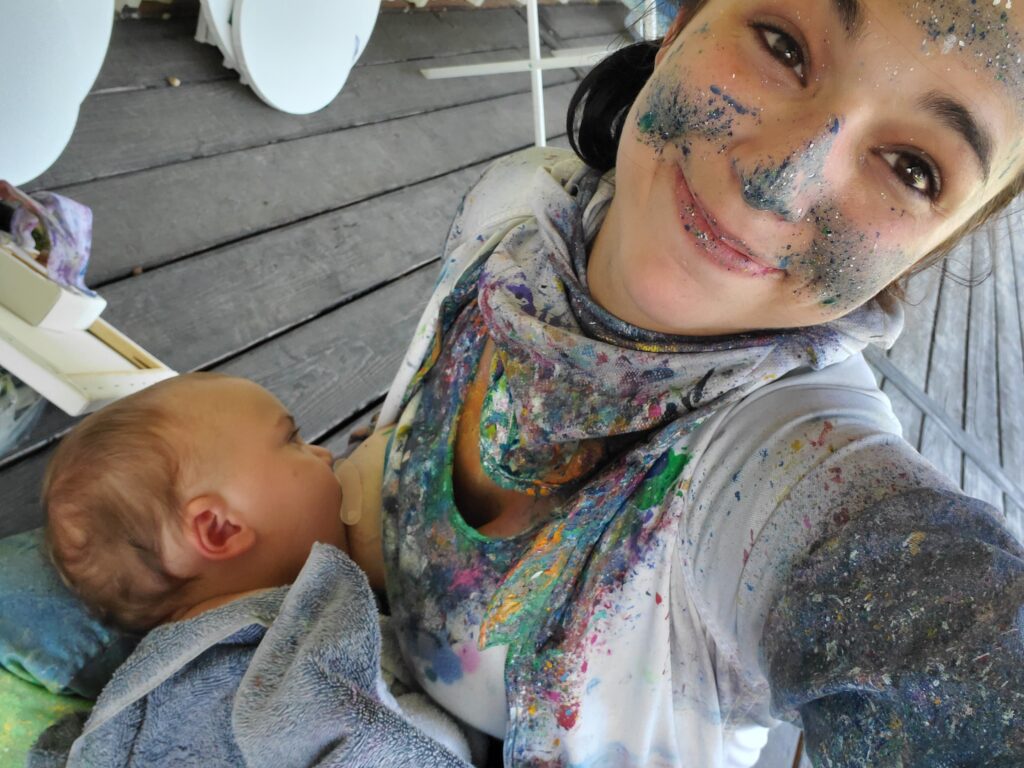
I have spoken in the past with amazing instructors like Bianca Rochell and Andi Fitzgerald who gave me different perspectives on the wide world of yoga instructing. In this third and final post on yoga instruction within the DFW community, I reached out to Mariya Khan. Mariya is a previous yoga instructor at CorePower Yoga primarily trained in yoga sculpt. She’s also a current MSBA candidate at SMU and recently was a research associate at Korn Ferry.
Hello Mariya, Yoga Alliance has stated that the benefits of yoga are needed more than ever, and changes can be made to compensate those that are uncomfortable with close contact. How have these changes been implemented and can that close-knit community be kept together in the process?
From a Core Power Yoga perspective, safe social distancing measures have been implemented. Before coming to class, students are required to sign-up online, and the classes have been limited to a certain number of students to create social distance in the studio. Students are also still required to wear a mask while taking class. With that being said, CorePower Yoga thrives off its community, so introducing in person classes with safe social distancing gives CPY and many studios the advantage of maintaining that close-knit community feel. However, for students who may still feel uncomfortable with the measures above, studios like CPY are also offering live virtual classes. These sessions give you the feel of being in a class without the social contact by having a teacher cheer you on through that last set of pushups.
What health measures have been placed to ensure the safety of students?
Many studios have implemented the following measures for student’s safety:
- Masks are required in class this goes for both students and instructors
- Online Sign-up is required to monitor number of students coming to class
- Enhanced cleaning processes, safe social distancing i.e. “designated spots” outlined for in studio workouts,
- Hand-sanitizer stations installed
- Some studios have also implemented temperature checks
- Bringing your own mat and props,
- Instructors are not allowed to assist and adjust
What are the key advantages and disadvantages to teaching virtually versus coaching an in-person class?
Teaching in-person (not during the pandemic) will always have an advantage over teaching virtually, and there are two main reasons for this. First, the energy you get in class from your students is phenomenal for helping the instructor build a tight knit community. Second, you get to assist your students. I love giving my students tips on how to modify a certain pose and appreciate the opportunity to give them hands-on adjusts and assist, so they can develop their practice with correct technique. Although you can still give modification tips in virtual classes, the physical component of adjusting cannot be accomplished during a virtual class. With that being said, I think having a virtual platform during this pandemic has been beneficial to a lot of people—it has eased the anxiety of leaving the house for a class at a studio or going to the gym to work out and possibly contracting the virus. It has also helped me personally tremendously with lowering my anxiety by keeping my mind and body active while not being able to stick to my normal routine during the pandemic.
Have any pricing or membership structures changed due to COVID or are there any predicted changes?
A lot of studios have shut down due to the pandemic, causing studios to lose revenue. To make up that revenue loss, many studios have increased their pricing or changed membership structures. As fixed costs and labor prices increase, the foreseeable trend here will be an increase in the pricing of memberships. This might lead to yoga studios losing their students if there pricing hike. Personally, I started working at CorePower Yoga in 2018 and had to take a hiatus from teaching in person before the pandemic. During this time, CPY changed its membership cost to $165* a month[ER1] . As a student and a recent graduate, I cannot justify paying this amount every month. In my case, I may choose an online platform that will work better with my financial needs. So, the virtual classes may be here to stay more permanently.
With many Dallas residents bored at home seeking new ways to exercise, has your marketing changed to find new untapped demographics?
When I worked at CorePower Yoga, based on personal preference, I did not market my classes online. If I needed to market my class I would take out 30 seconds at the end of class to thank my students and invite them back to my classes, providing information on when else I would be offering classes. I would see the same students attending my class over and over again. However, with the pandemic, my marketing strategy has changed. I taught 3-4 virtual classes during COVID-19 (I would have loved to teach more but recovering from injury hindered my ability to host multiple classes) via Zoom and marketed classes on my Instagram story. Teaching via Zoom, I saw many students that I would not have seen in my regular in-person class. I am now teaching international students in my class! A little fun fact about me is that I was born and raised in Pakistan and moved to the US at the age of 13. I am still connected with my Pakistani friends on Instagram. Teaching virtually, and marketing my classes on Instagram allowed me to broaden my scope to have students all over the globe attend my class, while allowing me to use the donations I got from class to give back to multiple causes I believe in. It surprisingly allowed me to strengthen my existing yoga community.
Are there any yoga trends that can be expected in a post-COVID Dallas?
I believe virtual classes are a yoga trend that is here to stay. I talked briefly about the pricing changes in memberships and for people like me who like to go to different studios, it isn’t viable to spend more than $100 a month on a membership which is why, rather than quitting yoga altogether, I may continue to choose to take yoga virtually.

